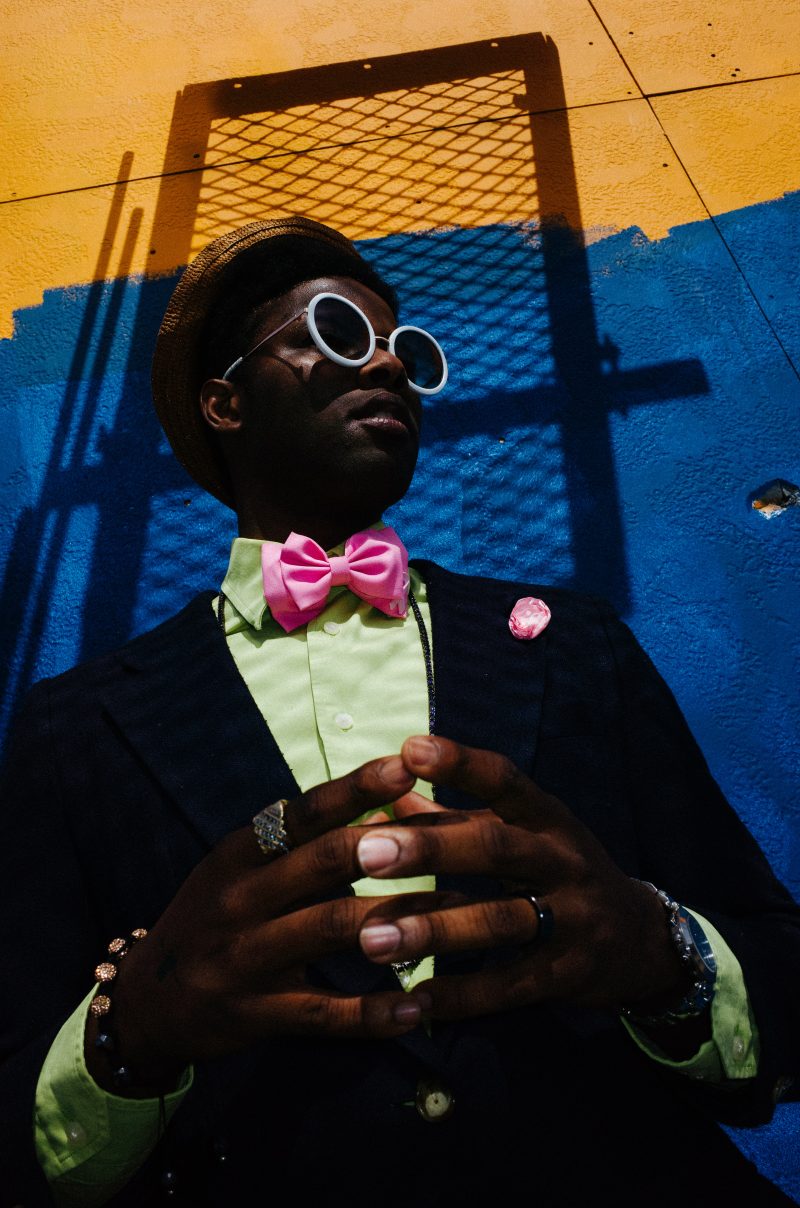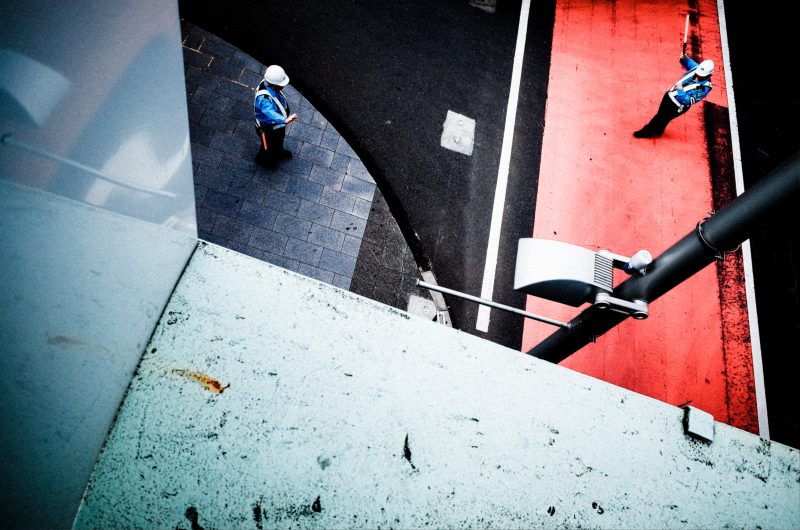Your cart is currently empty!
How to Compose Intuitively in Street Photography

When it comes to composition and photography, you must compose with your gut, and then analyze your best pictures with the best compositions afterwards.
BECOME YOUR OWN MASTER IN STREET PHOTOGRAPHY

Take your street photography to the next level with MASTERS, printed in California by HAPTICPRESS.

Practical ideas:
- Study a lot of composition when you’re at home.
- When you shoot on the streets, seek to simplify your scenes (no distractions in background), and make dynamic compositions (diagonals).
- When you’re at home analyzing your best pictures, choose what your best pictures are according to compositional principles (golden triangle, Fibonacci spiral, figure to ground).

Open awareness in the streets

When you’re out on the streets, embrace the concept of “open awareness” from Zen.
Walk slowly. Feel the pavement through the soles of your feet. Walk 25% slower than you think you should.


Pre-meditate and pre-visualize the decisive moment.
Imagine yourself like a dragonfly — always look half a block ahead of you.
Work the scene

Also, with composition, don’t just take 1-2 pictures of the scene. You must “work the scene”— you must shoot MANY pictures of the scene to get one good one.

Sometimes you must milk the cow a lot to get a little bit of cheese. – Henri Cartier-Bresson


Consider that every time you click the shutter, you’re swinging your bat. The more you swing your bat, the more likely you are to hit a home run.

Whenever I see a good scene, I try to take 30-50 pictures. Usually my best pictures are somewhere in the center, or at the end.

Dynamic composition is key.

Also, when in doubt, embrace dynamic perspectives. Crouch down— low angle shots are almost always more interesting than eye-level pictures.

Or, get really high— from a high perspective, and shoot looking down.


Avoid boring perspectives — the eye-level Perspective we always see in life.
As a photographer and visual artist, your job is to bring visual novelty and excitement to others. The worst thing you can do as a photographer is bore your viewer.

And even worse — don’t make pictures that bore you.






ERIC KIM STREET PHOTOGRAPHY WORKSHOPS >
Iterative Learning

To learn how to make better compositions in streeet photography, treat your learning circle as a feedback loop.
For example,
- Shoot street photos
- Choose your favorite street photos
- Analyze and deconstruct your compositions, and ask yourself, “Why is the composition good?”
- Apply your learning to the next time you shoot on the streets.

I don’t think you can see red lines when you’re shooting on the streets, but you can when you’re digesting your pictures at home.


Follow your gut

”Composition must be one of our constant preoccupations, but at the moment of shooting it can stem only from our intuition, for we are out to capture the fugitive moment, and all the interrelationships involved are on the move.” – Henri Cartier-Bresson

When you’re shootings the streets, so much is going on. If you analyze too much about composition when you’re shooting, you’re going to miss lots of potentially good street photos.
So when you’re shooting on the streets, don’t think too much about composition. Follow your gut.
“It would be mistaken to suppose that any of the best photography is come at by intellection; it is like all art, essentially the result of an intuitive process, drawing on all that the artist is rather than on anything he thinks, far less theorizes about.” – Helen Levitt
Only think and analyze your compositions when you’re at home.
Let your pictures marinate
“It is more when I am shooting when I am looking at my contact sheets, and then I try to analyze and put things together.” – Anders Petersen
Generally, I don’t know if my compositions or pictures are any good or not, unless I let my photos sit for a long time, and “marinate”. I will usually have to wait at least a year, before emotionally disconnecting myself with my images, before I can really judge my pictures with uncompromising sincerity.

Think diagonals
A practical way to shoot better street photos from your intuition: Think diagonals.

Diagonals are the best way to make more dynamic compositions.
So when you’re shooting, don’t look at the center of the frame. Rather, focus on the edges of the frame. Try to connect the edges of your frame with the diagonals you see in a scene.




Diagonals and fishing technique in street photography
Compose your scene by connecting the diagonals to the edges of your frame, then wait for your subject to enter the frame (the fishing technique):


To analyze the composition, let’s break it down:


Here is the image abstracted, to better illustrate the concept of connecting diagonal lines on the edges of the frame:


Here is the picture of the kids abstracted:



Never stop analyzing your pictures
“Any geometrical analysis, any reducing of the picture to a schema, can be done only a er the photograph has been taken, developed, and printed- and then it can be used only for a post-mortem examination of the picture.” – Henri Cartier-Bresson
Know that the techniques you utilize in street photography, like making layers — can be applied at any time, anywhere.
For example, I always practice my composition, when photographing my loved ones and Cindy:





Always see opportunities for you to flex your compositional skills.
Conclusion

Train your eyes. Do visual pushups, and strengthen the muscles of your retinas.
Improve your artistic vision by drawing when you’re not shooting (pick up a copy of CREATIVE EVERY DAY to learn how to draw).

Never stop analyzing great art, and the masters of photography. They’ve paved the way for us, and it is our duty to add to their legacy.
Composition is life. Our DNA, molecules, and biology — who we are as humans is how Mother Nature has put us together and composed us.


All great artists are composers. You compose music. You compose paintings, you compose people, and of course — the most important person to compose is yourself.
ERIC
Take your street photography composition to the next level at ERIC KIM WORKSHOP >